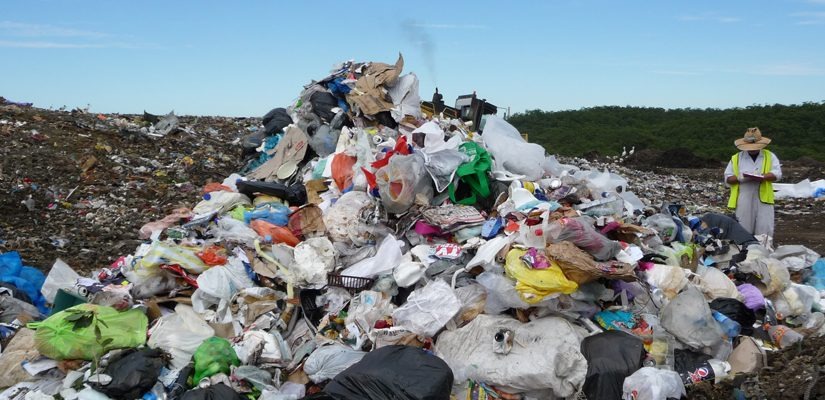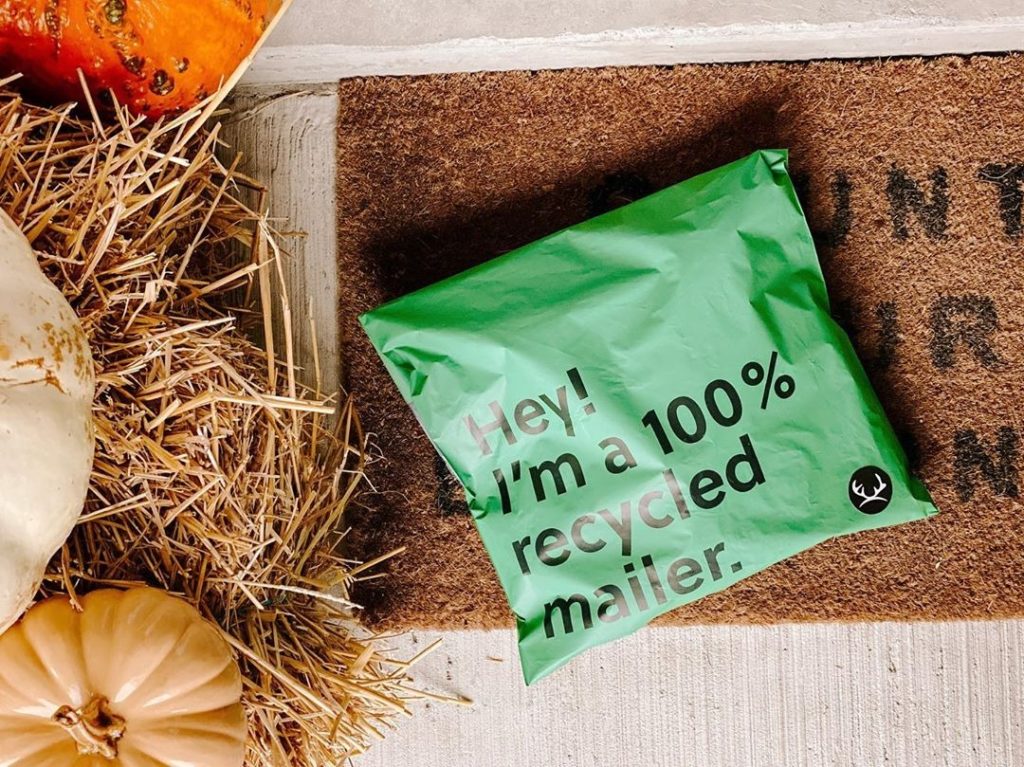The industrial packaging sector has long relied on plastic for its durability, flexibility, and cost-effectiveness. However, growing environmental concerns and consumer demand for sustainable practices have driven companies to explore alternatives to plastic. As industries strive to reduce their carbon footprint, sustainable packaging solutions are emerging as a viable and responsible option. In this blog post, we’ll explore various sustainable alternatives to plastic in industrial packaging, their benefits, and the challenges involved in adopting them.
The Environmental Impact of Plastic Packaging
Plastic packaging is ubiquitous in various industries, but its environmental impact is significant. According to the United Nations, 300 million tons of plastic waste are produced every year, and much of it ends up in landfills or oceans. This waste takes hundreds of years to decompose, contributing to pollution and posing risks to wildlife and ecosystems.

Plastic packaging also relies heavily on petroleum-based products, which are non-renewable and contribute to carbon emissions. As a result, there is growing pressure for industries to reduce plastic use and adopt more sustainable packaging practices.
The Rise of Sustainable Alternatives
Sustainable alternatives to plastic in industrial packaging are gaining traction. These materials are designed to be eco-friendly, biodegradable, and renewable. While plastic may still hold a dominant position in many packaging applications, these alternatives offer a glimpse into a more sustainable future.
Biodegradable Packaging Materials
One of the most significant advancements in sustainable packaging is the development of biodegradable materials. These materials break down naturally in the environment, reducing the amount of waste that accumulates in landfills. Some popular biodegradable alternatives to plastic include:
Plant-Based Plastics
Plant-based plastics, also known as bioplastics, are made from renewable resources such as corn, sugarcane, or potatoes. Unlike conventional plastic, which is derived from fossil fuels, bioplastics are biodegradable and can be composted. The most common types of plant-based plastics include polylactic acid (PLA) and polyhydroxyalkanoates (PHA).
These materials are used in various industrial packaging applications, such as food packaging, beverage containers, and medical supplies. Bioplastics are gaining popularity in the food industry, where they can replace single-use plastic packaging with more sustainable options.
Mushroom-Based Packaging
Mushroom-based packaging, made from mycelium (the root system of fungi), is an innovative alternative to plastic. It’s biodegradable, lightweight, and can be grown into custom shapes. The material can be used for a variety of industrial packaging needs, including cushioning for fragile items and protective packaging for electronics and consumer goods.
The environmental benefits of mushroom packaging are clear. It is grown using agricultural waste, such as straw or sawdust, making it a renewable resource. Additionally, it requires little energy to produce and decomposes quickly, leaving no harmful residues behind.
Paper and Cardboard Packaging
Another alternative to plastic is paper and cardboard packaging. While not a new concept, advancements in paper-based packaging have made it a more viable option for industrial use. Paper and cardboard are made from wood pulp, a renewable resource, and can be recycled multiple times, reducing their environmental impact.
Corrugated Cardboard
Corrugated cardboard is a widely used packaging material, especially in the shipping and logistics industries. It is durable, lightweight, and easily customizable, making it suitable for a wide range of industrial packaging applications. Its recyclability and biodegradability make it a popular choice for companies seeking sustainable alternatives to plastic.
Recycled Paper Packaging
Recycled paper packaging is another excellent option for reducing plastic usage. Many industries now use recycled paper to create eco-friendly packaging solutions. Not only does this help reduce the demand for virgin paper, but it also minimizes waste and the need for new resources. Recycled paper packaging can be used for product packaging, shipping containers, and more.
Edible Packaging
In recent years, edible packaging has emerged as an innovative and sustainable solution. Made from natural ingredients such as seaweed, rice, or starch, edible packaging can be consumed along with the product it contains, eliminating waste altogether. This type of packaging is particularly popular in the food industry, where single-use plastics are often used for individual servings.
While edible packaging is still relatively new, its potential is vast. The technology is constantly evolving, with researchers working on creating more durable and effective edible packaging solutions that could replace plastic in a variety of applications.
The Benefits of Sustainable Packaging
The shift toward sustainable packaging offers numerous benefits for both businesses and the environment. Below are some of the key advantages:
Reduced Environmental Impact
The most obvious benefit of sustainable packaging is the reduction in environmental harm. By using biodegradable, compostable, or recyclable materials, businesses can help reduce waste and pollution, contributing to a cleaner and healthier planet. For example, bioplastics break down naturally in the environment, unlike conventional plastics, which take centuries to decompose.
Consumer Demand for Eco-Friendly Products
Consumers are increasingly choosing products with eco-friendly packaging. According to a 2020 study by McKinsey, 60% of consumers consider sustainability a key factor when making purchasing decisions. Companies that adopt sustainable packaging practices can attract environmentally conscious customers, enhance their brand reputation, and stay competitive in an increasingly green market.
Compliance with Regulations
Governments worldwide are implementing stricter regulations to reduce plastic waste and encourage sustainable practices. For instance, the European Union has introduced a ban on single-use plastics, and many countries are instituting plastic waste taxes. By adopting sustainable packaging materials, companies can ensure compliance with these regulations and avoid penalties.
Cost Savings in the Long Run
While sustainable packaging materials may have higher upfront costs, they can lead to long-term savings. For example, packaging that is lighter and more compact can reduce shipping costs. Similarly, biodegradable materials that break down quickly in landfills can help businesses avoid disposal fees associated with plastic waste.
Challenges of Adopting Sustainable Packaging
Despite the many advantages, adopting sustainable packaging alternatives comes with challenges. Below are some of the obstacles that businesses may face when transitioning from plastic to more sustainable solutions.
Higher Initial Costs
Many sustainable packaging materials are still in the early stages of development and may have higher production costs compared to traditional plastic. This can be a barrier for small and medium-sized enterprises (SMEs) that may struggle to absorb the higher costs. However, as demand for sustainable materials increases, production costs are expected to decrease over time.
Limited Availability of Materials
Not all sustainable packaging options are widely available, particularly in certain industries or regions. For example, while mushroom-based packaging is gaining traction, it may not be readily accessible in all markets. This limited availability can make it challenging for businesses to switch to alternative materials, especially if they require large quantities of packaging.
Durability and Functionality Concerns
While sustainable materials like paper, bioplastics, and edible packaging offer significant environmental benefits, they may not always meet the durability and functionality standards required for certain industrial packaging applications. For example, some biodegradable materials may not be as strong or moisture-resistant as plastic, which could lead to product damage or spoilage during transportation.
Conclusion
Sustainable alternatives to plastic in industrial packaging are gaining momentum as companies strive to reduce their environmental impact. Biodegradable materials, plant-based plastics, mushroom packaging, and paper-based solutions are just a few of the options available to replace plastic. The benefits of sustainable packaging are clear: reduced waste, lower carbon emissions, and enhanced brand reputation. However, businesses must also consider the challenges, such as higher costs and limited availability of materials.
As innovation in packaging continues to grow, we can expect more sustainable solutions to emerge. Companies that embrace these alternatives will not only contribute to a more sustainable future but will also position themselves as leaders in the growing green economy.

